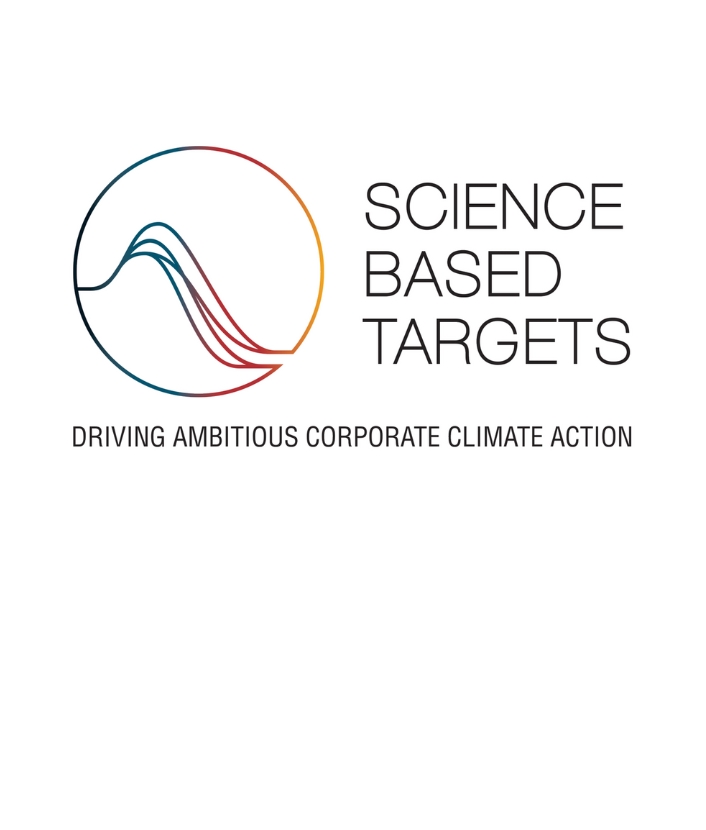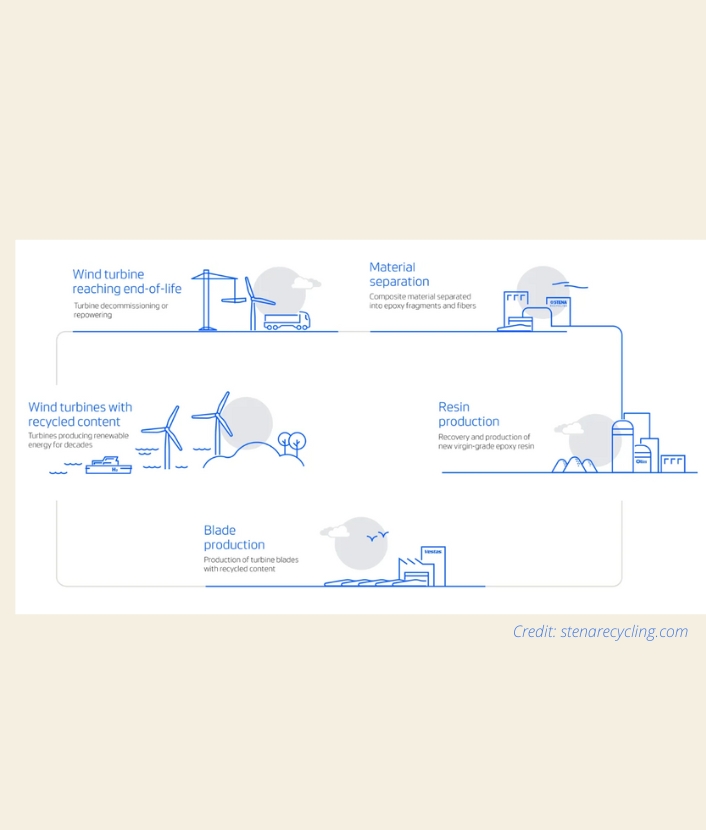
Sustainability transformation most often begins with addressing and minimising the organisation’s own environmental footprint through a set of emissions reduction targets. To achieve these targets, many companies will need to implement new technologies.
At this point in time, it is often no longer a question of lack of innovation but a question of lack of maturity of the solutions and lack of scale. For many industries, the technology needed to reach net zero is already there, but it needs to be scaled tremendously to be able to truly address the broad sustainability challenges. One way to scale these technologies is through targeted partnerships that can demonstrate a proof-of-concept to ultimately generate industry-wide momentum.
Furthermore, it is becoming increasingly common to include emissions from the organisation’s value chain (scope 3 emissions) in these reduction efforts. This stems from a heightened pressure from customers, regulators, and investors to take responsibility of the full range of greenhouse gas inventories. Organisations that are setting scope 3 reduction targets are benefitting through a higher degree of resilience to disruption, regulation, and climate risk.

One of the big challenges of reducing scope 3 emissions is the lack of data from the value chain – both upstream and down stream. Without relevant data, it is impossible to set a proper baseline and have the documentation to verify progress. Yet, companies often have an overlap in scope 3 emissions, making it an opportune area for collaboration. For example, if several companies request sustainability data from a shared supplier, this pressure from multiple actors will increase the likelihood of getting a relevant response.
When you want to take a step further and progress from footprint reduction targets, a natural next step is to begin setting targets related to restoring or even regenerating the environment. These targets are a crystallisation of how you want the world to benefit from the presence of your organisation.
An example of such a goal is to have positive impact within an aspect of sustainability (climate change, hunger, resource use, human rights violations etc.) in the community or countries you operate in.
No matter if you are ambitious in reducing your footprint or in having a regenerative impact, reaching ambitious sustainability targets will require collaboration. It means raising your gaze from your own operations to also look at the industry and value chain.
The broad scope, cost, and ambition of big sustainability targets – including targets using words like ‘all’ or ‘zero’ – make them impossible to achieve on your own. This means you need to search for competitors, suppliers, and customers with similar interests to establish partnerships in the value chain or industry.
Besides broadened and improved sustainability impact, partnerships within your value chain can also create value in the form of savings, improved efficiency, and higher revenue. It is a chance to influence the direction of the innovation that is already happening in your value chain and align it with your targets to collectively tackle the bottlenecks that are hindering progress for all.
Two of them were part of the guest speakers for the DI x Mannaz Sustainability Masterclass Program in 2024. The third was on the curated list of value chain collaboration examples for the same Masterclass Program.
An example of an initiative that has built more and more momentum and proven itself impactful is The Science Based Targets initiative (SBTi). Here, United Nations Global Compact, WWF, CDP, and WRI have joined forces to provide companies a path to set science-based targets to reduce emissions in line with the Paris Agreement Goals.
In 2022, 4,000 companies – covering over a third of the global economy’s market capitalisation – had either set targets via SBTi or were committing to do so. Part of the SBTi support is to strengthen the collaboration across the value chain, including sharing insights on how you can engage your suppliers in providing the data and solutions needed to verify and progress with your sustainability targets.
The SBTi call to action is one of commitments from the We Mean Business Coalition.
See and download “Supplier Engagement in Action – Examples from Denmark on Scope 3 Reductions“.

It is a challenge to recycle turbines blades. “Until now, the wind industry has believed that turbine blade material calls for a new approach to design and manufacture to be either recyclable, or beyond this, circular, at end of life.
Going forward, we can now view old epoxy-based blades as a source of raw material. Once this new technology is implemented at scale, legacy blade material currently sitting in landfill, as well as blade material in active windfarms, can be disassembled, and re-used.
This signals a new era for the wind industry, and accelerates our journey towards achieving circularity,” says Lisa Ekstrand, Vice President and Head of Sustainability at Vestas. More info at Stena Recycling.
Besides the technical solution, it is also a part of the partnership to find a financially sustainable business model for all involved.

“For us to reach net zero means all our suppliers need to reach net zero … We need to work together to leverage our competences and resources instead of working separately on the same problem.”
Anna Celsing, Chief Sustainability Officer, Alfa Laval. COP28, December 2023.
Alfa Laval is actively leading the way in value chain collaborations through partnership between Microsoft, Alfa Laval, Sandvik, SKF Group, IKEA, Volvo Cars, LKAB, SSAB and Ovako Group. This cross-industry partnership, MASSIV+, is committed to resolving the pain points of greenhouse gas emission data reporting.
To achieve net zero supply chains by 2030-2050, the MASSIV+ partnership explores a cross-industry standard for turning greenhouse gas emissions data into actionable information – and thereby reduce negative impact. The purpose is to enable seamless collection and validation of greenhouse gas emission data from Scope 1 and 2 – to secure the relevant Scope 3 data.
See more on MASSIV+

Creating such partnerships does not come without challenges
These partnerships require a high level of trust between partners, a dedicated focus, and resources from all involved stakeholders. Partners need to be aligned on each other’s capabilities, incentives, and objectives for the collaboration to succeed. But when these challenges are well-managed, the impact of these partnerships can have transformative influence on a deeper level than an organisation could ever achieve singlehandedly.
Depending on who we are, the fulfilment of making such a difference can either be the core of one’s work or an attractive side effect.
At Mannaz, our purpose is to help you move what matters and we welcome the challenge of helping you as leaders to connect the missing links in your value chain that are slowing down your sustainability progress.

